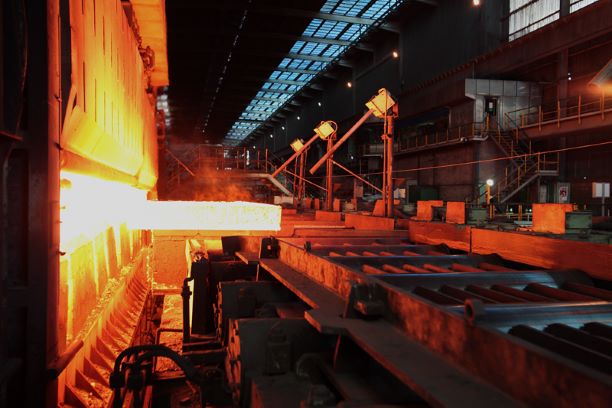RMI Study Bats For Mandating Green Hydrogen For Faster Decarbonisation Of Indian Steel Sector

The report said that India’s iron and steel sector contributes close to 23 percent of India’s gross value addition. But it also accounts for 34 percent of the country’s total industrial emissions. It is the highest among all the industrial sectors in the country.
The analysis report claimed that India’s finished steel demand will increase by around 80 percent to 197 million tonnes (MT) by 2030 and nearly 4.5 MT by 2050 from the current levels of 115 MT (2022). As a result, the report claimed that the emissions would increase 2.8 times, reaching almost 900 MT of carbon dioxide (CO2) per year by mid-century, up from 320 MT of CO2 in 2022.
“In our most ambitious scenario, which follows India’s net-zero-aligned targets, around 60% of the steel produced would use the green H2-based direct reduced iron (DRI) process, followed by 23% using fossil fuel–based carbon capture, utilization, and storage (CCUS)-equipped production. According to the analysis, cumulative emissions from the steel sector are expected to be nearly 18.5 gigatonnes (Gt) CO2 with growing steel demand,” the report said.
The RMI report said that India can cumulatively mitigate around 8 Gt CO2 emissions between 2022 and 2050. The emissions intensity of the sector would decline up to 0.4 t CO2 per tonne of crude
It said steel (tcs) by 2050, from 2.6 t CO2/tcs currently.
The report said the roadmap for decarbonizing the steel sector would require six approaches. One of the keys would be to have mandated usage of Green Hydrogen and other alternative clean energy sources. “Policy initiatives could range from mandating renewable electricity and green H2 usage to a near-term, government-led incentivizing mechanism for green steel manufacturers,” the report said. The report also said the government must announce green steel procurement policy and targets to encourage market creation and demand aggregation.
The RMI report said that to promote Green Hydrogen, the country would need to waive off state electricity charges to make renewable energy affordable for green hydrogen production, support research and development to make it more feasible and affordable, and aggressively target setting on Green H2 prices and providing pathways to decrease the cost of production of Green H2, focusing on domestic manufacturing, starting pilot projects and facilitating green finance mechanisms.




